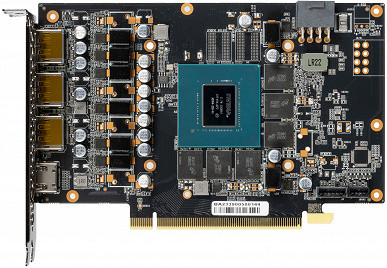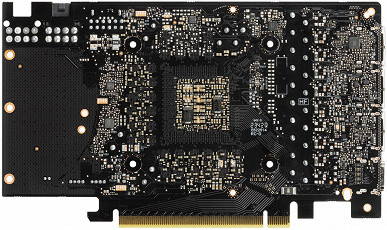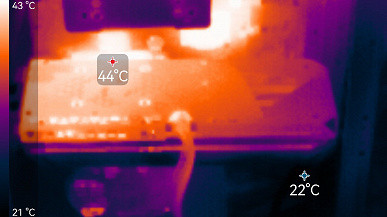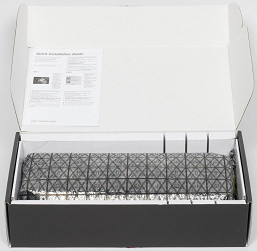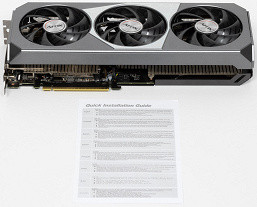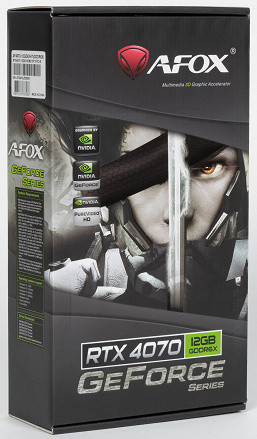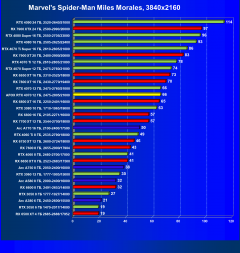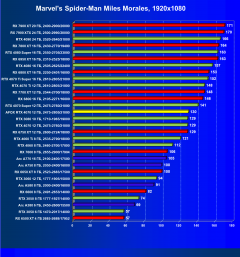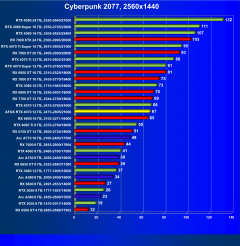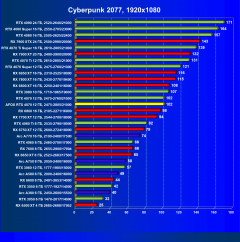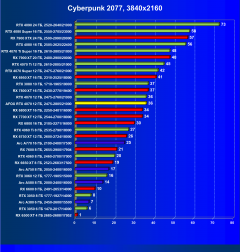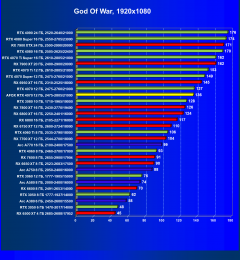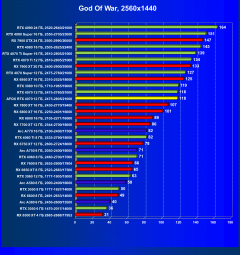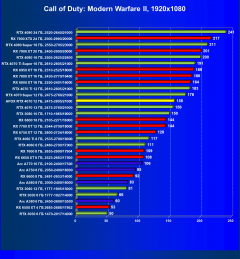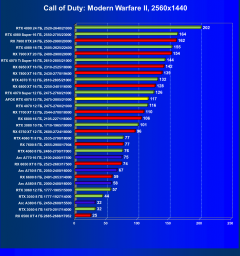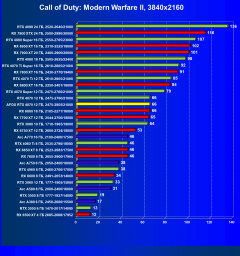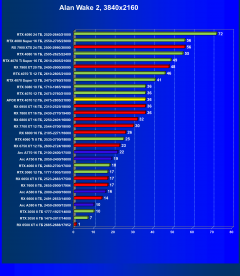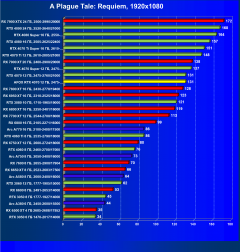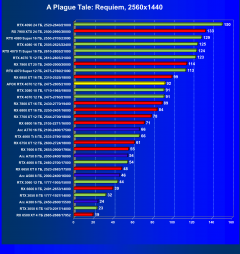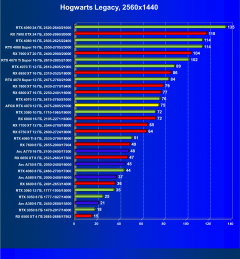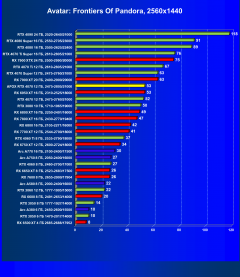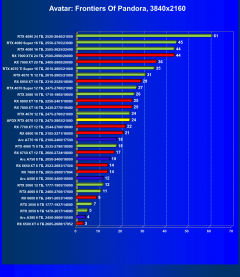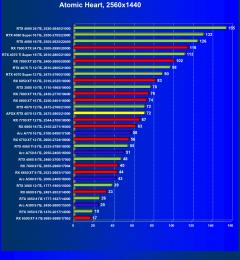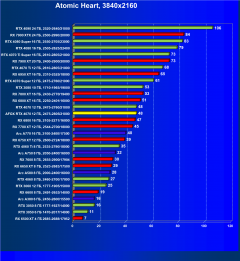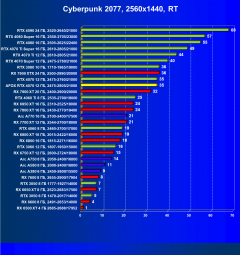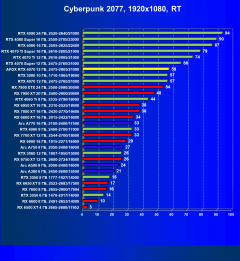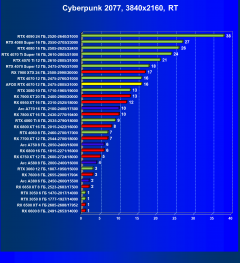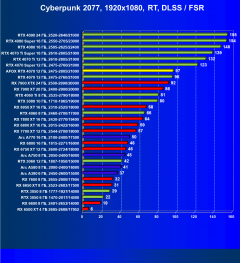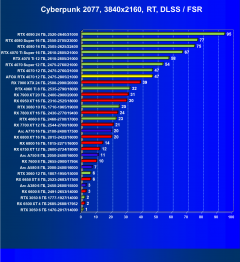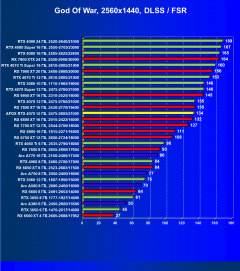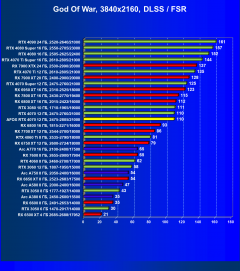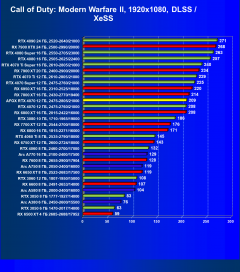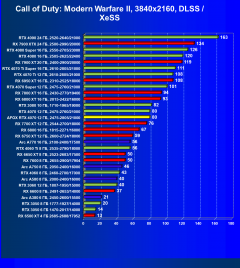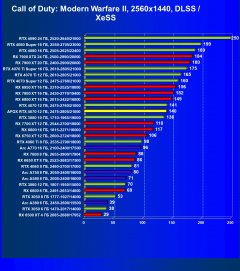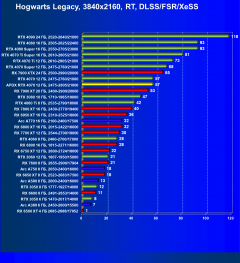Briefly about the main thing
At the beginning of 2024, Nvidia released three new PC graphics solutions: GeForce RTX 4080 Super, GeForce RTX 4070 Ti Super and GeForce RTX 4070 Super. The first two models are designed to replace their predecessors, GeForce RTX 4080 and GeForce RTX 4070 Ti, respectively. While the GeForce RTX 4070 Super and its predecessor the GeForce RTX 4070 will exist in parallel, the reduction in recommended price makes the latter option more attractive.
Thus, video cards based on the GeForce RTX 4070 remain relevant in the market and become more attractive with the advent of the promised price reduction. We continue to study similar video cards that are available on our market.

In the context of the current global political climate, our customers are showing increasing interest in the Chinese domestic market, where video cards from manufacturers previously known mainly in China are appearing. Companies like Colorful, MaxSun, Yeston, Zephyr are becoming a common sight in computer stores. Today, however, we're taking a look at a graphics card from Shenzhen-based Afox Corporation.
Unlike other Chinese brands, Afox Corporation products are well known outside of China, although more affordable models are predominantly presented on the Russian market. However, the company is now starting to offer more powerful and expensive options, including the latest GeForce RTX 40 series.
We're going to evaluate the performance of Afox's GeForce RTX 4070 compared to other models on the market and present our results. It's important to note that this is the first of the latest generation graphics cards from Afox, and they are also planning to release higher-end models, including the GeForce RTX 4070 Super, in the near future.
Games without ray tracing (classic rasterization):
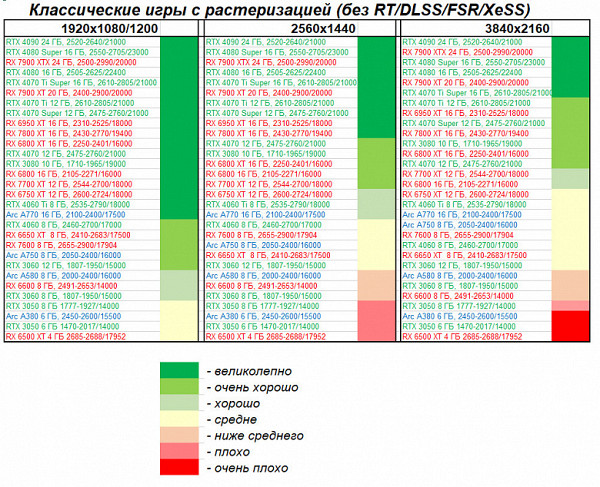
GeForce RTX 4070 cards offer performance roughly on par with the GeForce RTX 3080 (10GB) and Radeon RX 6800/6800 XT. At the right prices, they can confidently replace their predecessors thanks to new architecture and more efficient power consumption. Overall, the GeForce RTX 4070 provides an excellent gaming experience at maximum quality settings without the use of ray tracing and upscaling technologies up to 4K resolution. However, in 4K resolution it is recommended to use DLSS technology where possible.
As for the Afox video card, its performance is fully consistent with the reference model.
Games using ray tracing and DLSS/FSR/XeSS:
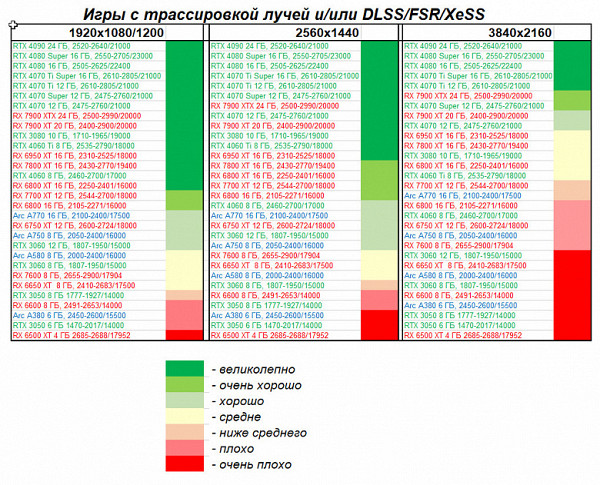
Enabling ray tracing (RT) can reduce performance, but Nvidia DLSS, AMD FSR and Intel XeSS technologies, which are already implemented in almost all games with ray tracing, significantly help compensate for this loss of speed. The GeForce RTX 4070 not only has an advantage over AMD cards, but also over the GeForce RTX 3080 thanks to its support for DLSS 3. The more games that implement this new technology, the more significant the advantage of the new accelerator becomes, and in the corresponding games it will not be possible at all disable ray tracing. In addition, the GeForce RTX 4070 has higher energy efficiency.
Card characteristics
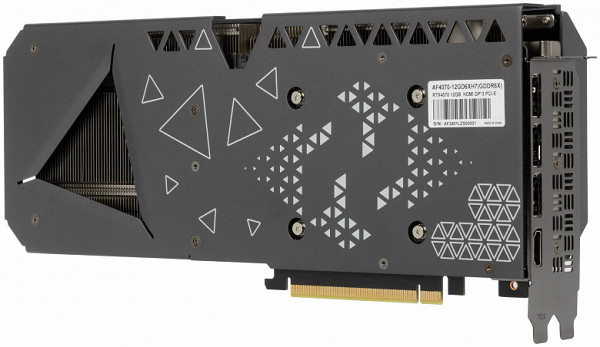
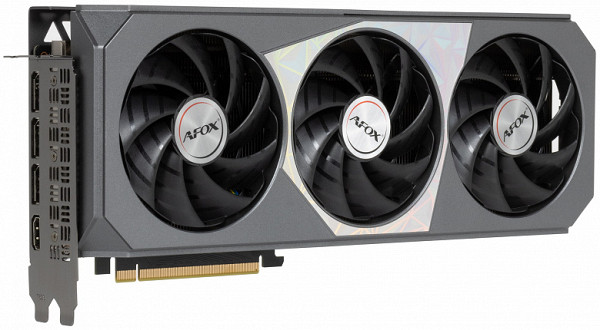
Afox Corporation, founded in 2009 in China, with headquarters in Shenzhen and an additional office in Hong Kong, is a manufacturer of graphics cards, motherboards, PC power supplies and memory modules. The company also produces SSD drives under the Afox brand. Its production facilities are located in Guangdong province. The total number of employees, including factory workers, is about 500 people.
| Afox GeForce RTX 4070 AF4070-12GD6XH7 12 GB 192-bit GDDR6X | ||
|---|---|---|
| Parameter | Meaning | Nominal value (reference) |
| GPU | GeForce RTX 4070 (AD104) | |
| Interface | PCI Express x16 4.0 | |
| GPU operating frequency (ROPs), MHz | 2475(Boost)—2805(Max) | 2475(Boost)—2760(Max) |
| Memory operating frequency (physical (effective)), MHz | 2625 (21000) | 2625 (21000) |
| Memory bus width, bits | 192 | |
| Number of computational units in the GPU | 46 | |
| Number of operations (ALU/CUDA) in block | 128 | |
| Total number of ALU/CUDA blocks | 5888 | |
| Number of texturing units (BLF/TLF/ANIS) | 184 | |
| Number of rasterization units (ROP) | 64 | |
| Number of Ray Tracing blocks | 46 | |
| Number of tensor blocks | 184 | |
| Dimensions, mm | 300×140×56 | 270×130×60 |
| Number of slots in the system unit occupied by a video card | 3 | 3 |
| PCB color | black | black |
| Power consumption in 3D mode, W (maximum) | 200 | 200 |
| Power consumption in 2D mode, W | thirty | 32 |
| Energy consumption in sleep mode, W | eleven | eleven |
| Noise level in 3D (maximum load), dBA | 35.0 | 30.0 |
| Noise level in 2D (video viewing), dBA | 18.0 | 18.0 |
| Noise level in 2D (idle), dBA | 18.0 | 18.0 |
| Video outputs | 1×HDMI 2.1, 3×DisplayPort 1.4a | 1×HDMI 2.1, 3×DisplayPort 1.4a |
| Multiprocessor support | No | |
| Maximum number of receivers/monitors for simultaneous image output | 4 | 4 |
| Power: 8-pin connectors | 1 | 0 |
| Power: 6-pin connectors | 0 | 0 |
| Power: 16-pin connectors | 0 | 1 |
| Weight of the card with delivery set (gross), kg | 1.5 | 2.5 |
| Card weight (net), kg | 1.1 | 2.0 |
| Maximum resolution/frequency, DisplayPort | 3840×2160@144 Hz, 7680×4320@60 Hz | |
| Maximum resolution/frequency, HDMI | 3840×2160@144 Hz, 7680×4320@60 Hz |
Memory
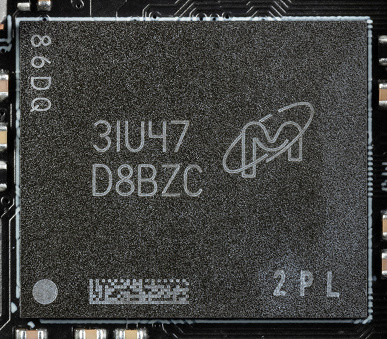
On the front side of the Afox board there are 6 GDDR6X SDRAM memory chips with a total capacity of 12 GB. Each chip has a capacity of 16 Gbit and is represented by Micron chips (MT61K512M32KPA-21/D8BZC), capable of operating at a frequency of 2625 (21000) MHz.
Card features and comparison with Palit GeForce RTX 4070 Dual (12 GB)
We are comparing this card with a similar one from Palit, which was the first to appear in our laboratory. Palit generally follows reference designs in PCB layout, so differences between cards are minor, with some differences in power systems, PCB sizes and power connector placement.
The core of this card is marked AD104-251, which differs from full-fledged chips for the GeForce RTX 4070 Ti and GeForce RTX 4070 Super. The kernel release date is week 13 of 2023.
Additionally: we paid attention to the color of the compound around the AD104 crystal. For new chips it should be gray or white, but here we see a dark color, which indicates severe overheating. This is only possible if the used chip is reinstalled on a new circuit board, which means its durability is uncertain. Without removing the CO, it is difficult to determine how long the chip can still operate.
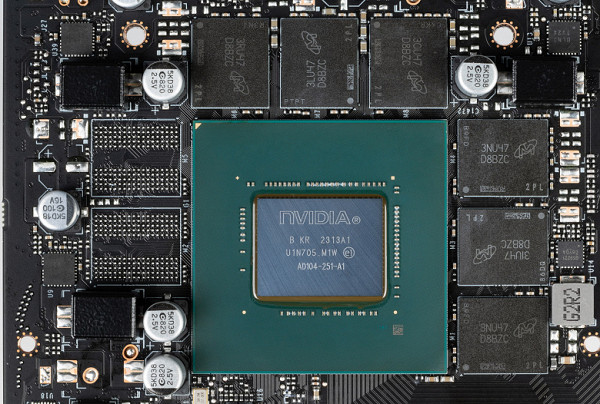
The total number of power phases for the Afox card in question is 10 (8+2).
The core power supply circuit is marked in green, and the memory in red.
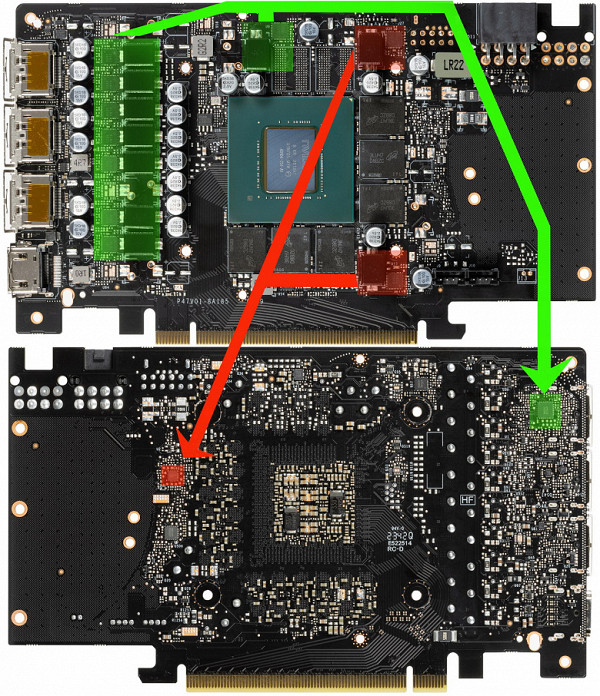
The 8 phases of the core power supply are controlled by the uP9512R (uPI Semiconductor) PWM controller located on the reverse side of the PCB. It is designed for a maximum of 12 phases.
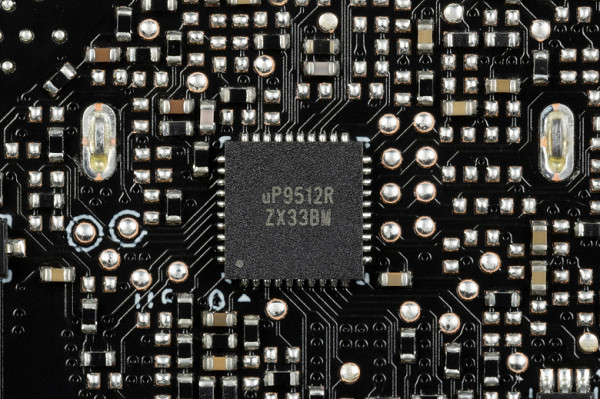
The power supply to the memory chips is controlled by the MPI7892Q PWM controller (Monolith Power Systems), also located on the reverse side of the PCB.

For the power converter, as usual for all Nvidia video cards, DrMOS transistor assemblies are used. This card uses AOZ5311NGI transistors from Alpha&Omega Semi, each of which is designed for a maximum current of up to 55 A.

On the back of the board there is a uS5650Q controller (uSI Semiconductor), which is responsible for monitoring the card (monitoring voltages and temperatures).
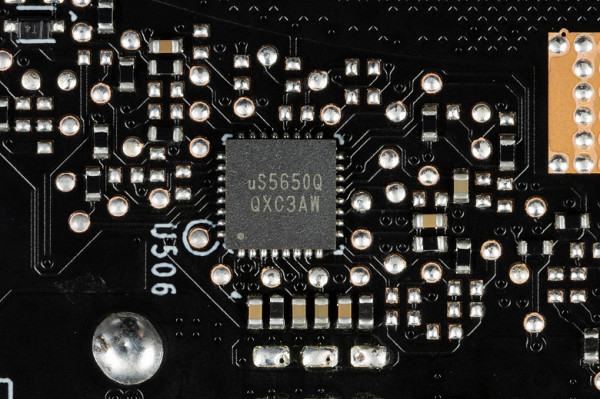
There is a backlight on the card, but it is not adjustable, so there is no controller to control it.
The standard memory frequencies and core Boost values correspond to the reference ones. The maximum core frequency is slightly higher than standard, but this does not affect overall performance.
The power consumption of the Afox card in tests was up to 200 W.
The Afox card is powered via a standard 8-pin PCIe 2.0 power connector.

Let us note the standard dimensions of this card, especially in thickness: 5.6 cm. As a result, the video card occupies 3 slots in the system unit.

The GeForce RTX 4070 does not support multi-graphics configuration via SLI technology, so the card does not have a special connector on the top end.
The card is equipped with a standard set of video outputs: three DP 1.4a ports and one HDMI 2.1 port.
The manufacturer does not provide software to control the operation of the card.
Heating and cooling
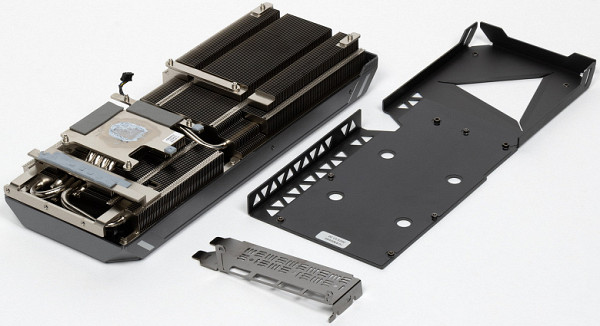
The basis of the Afox card cooler is a multi-section nickel-plated heatsink with heat pipes that distribute heat along the heatsink fins. The tubes are firmly soldered to the copper base.
Memory chips and VRM power converters are cooled using the same heatsink and thermal pads. To cool the power converters of the VRM core, a separate sole is provided on the same radiator.
The back plate does not participate in cooling the reverse side of the board, but serves only as an element of protection and reinforcement of the PCB rigidity.
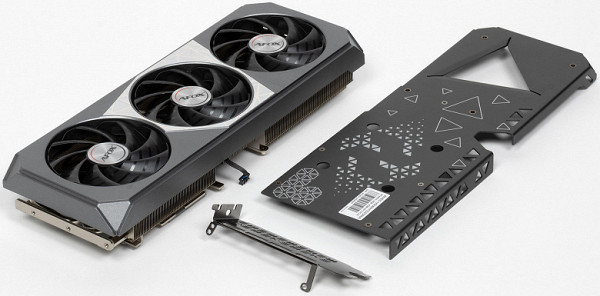
Above the radiator there is a casing with three fans with a diameter of 95 mm, which have grooved blades.
The fans stop when the graphics card is under low load, if the GPU temperature drops below 50 degrees, and the memory chip temperature drops below 80 degrees. When the PC starts, the fans are
Temperature monitoring:
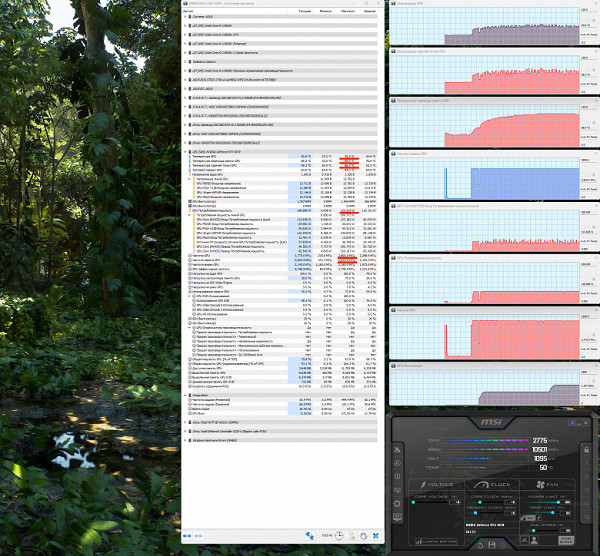
After a 2-hour run under maximum load, the maximum core temperature did not exceed 56 degrees (hot spot — 67°C), while the temperature of the memory chips reached 88 degrees. This is a good result for video cards of this level. The card's power consumption was up to 200 W. It is important to note that the safe temperature limit for GDDR6X memory is 105 °C.
The maximum heating was observed in the center and near the PCIe connector.
Noise
The noise measurement technique assumes that the room is soundproofed and attenuated, with minimal reverberation. The system unit in which the video card noise is measured does not contain fans and is not a source of mechanical noise. The background noise level is 18 dBA — this is the noise level in the room and the noise level of the sound level meter itself. Measurements are taken at a distance of 50 cm from the video card at the level of the cooling system.
Measurement modes:
- Idle mode in 2D: an Internet browser with the site iXBT.com, a Microsoft Word window, and a number of Internet communicators are launched.
- 2D Movie Mode: Uses SmoothVideo Project (SVP) for hardware decoding with intermediate frame insertion.
- 3D mode with maximum load on the video card: the FurMark test is used.
The noise level rating is as follows:
- less than 20 dBA: relatively silent
- 20 to 25 dBA: very quiet
- from 25 to 30 dBA: quiet
- from 30 to 35 dBA: clearly audible
- from 35 to 40 dBA: loud, but tolerable
- above 40 dBA: very loud
In idle mode in 2D, the temperature did not exceed 31 °C, the fans did not work, and the noise level was consistent with the background level of 18 dBA.
When watching a movie with hardware decoding, the noise level remained unchanged.
In the maximum 3D load mode, the temperature reached 56/67/88 °C (core/hot spot/memory). At the same time, the fans spun up to 1770 rpm, and the noise level increased to 35.0 dBA, which corresponds to a clearly audible noise, bordering on loud.

Backlight
The corner of the CO casing is highlighted with orange stripes.
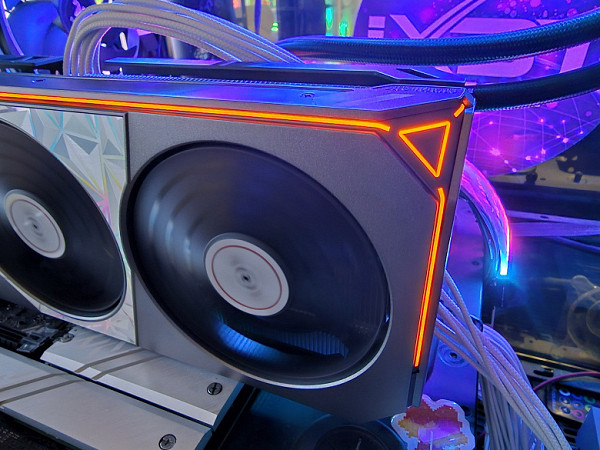
The backlight cannot be adjusted or turned off.
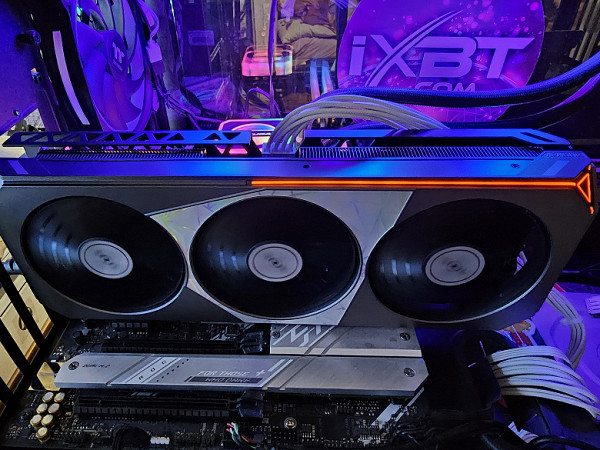
It turned out a little strange: the orange stripes don’t lead anywhere, but just suddenly end.
Delivery and packaging
Apart from the traditional quick start guide, there is nothing else included in the package.
Test results in 3D games
- Computer based on Intel Core i9-12900K processor (Socket LGA1700) :
- Platform:
- Intel Core i9-13900K processor (overclocked to 5.4 GHz on all cores);
- ZhSO Cougar Helor 360;
- Asus ROG Strix Z790-A Gaming WiFi D4 motherboard based on the Intel Z790 chipset;
- RAM TeamGroup Xtreem ARGB White (TF13D416G5333HC22ADC01, CL22-32-32-52) 32 GB (2×16) DDR4 5333 MHz;
- SSD Intel 760p NVMe 1 TB PCIe;
- SSD Intel 860p NVMe 2 TB PCIe;
- Thermaltake Toughpower GF3 1000W power supply ;
- Thermaltake Level20 XT case;
- operating system Windows 11 Pro 64-bit;
- TV LG 55Nano956 (55″ 8K HDR, HDMI 2.1);
- AMD drivers version 24.2.1;
- Nvidia drivers version 551.61;
- Intel drivers version 101.5333;
- VSync is disabled.
- Platform:
List of testing tools. All game tests used the maximum graphics quality in the settings.
- Marvel's Spider-Man Miles Morales (Insomniac Games/Sony Interactive)
- Cyberpunk 2077 (Softclub/CD Projekt RED), patch 1.61 (DLSS 3.0)
- God of War (Sony IE/Sony IE)
- Call of Duty: Modern Warfare II (Infinity Ward/Activision)
- Alan Wake 2 (Remedy/Epic Games)
- Ratchet and Clank: Rift Apart (Insomniac Games/Sony/Softclub)
- A Plague Tale: Requiem (Asobo Studio/Focus Entertainment)
- Hogwarts Legacy (Avalance Software/Warner Bros)
- Avatar: Frontiers of Pandora (Ubisoft)
- Atomic Heart (Mundfish/VK)
Standard test results without hardware ray tracing at 1920x1080, 2560x1440, and 3840x2160 resolutions
Marvel’s Spider-Man Miles Morales
Cyberpunk 2077
God of War
Call of Duty: Modern Warfare II
Alan Wake 2
Ratchet and Clank: Rift Apart
A Plague Tale: Requiem
Hogwarts Legacy
Avatar: Frontiers of Pandora
Atomic Heart
Test results with hardware ray tracing and/or DLSS/FSR/XeSS enabled at 1920x1080, 2560x1440 and 3840x2160 resolutions
Cyberpunk 2077, RT
Cyberpunk 2077, RT + DLSS/FSR
God of War, DLSS/FSR
Call of Duty: Modern Warfare II, DLSS/XeSS
Hogwarts Legacy, RT + DLSS/FSR/XeSS
conclusions
Afox GeForce RTX 4070 AF4070-12GD6XH7 (12 GB) is another serial video card from the “pre-top” category. Formally, until the beginning of 2024, this was the fourth most powerful GPU in the GeForce RTX 40 line, and at the moment it is in seventh place. However, after the release of the GeForce RTX 4080 and GeForce RTX 4070 Ti from the market, it will become the fifth in a row. The GeForce RTX 4070 is approximately the same speed as one of the flagship solutions of the previous generation, the GeForce RTX 3080, but has the additional potential of DLSS 3. In addition, it confidently outperforms its competitors in the form of the Radeon RX 6800 XT, Radeon RX 7800 XT and Radeon RX 7700 XT in games with ray tracing and using smart anti-aliasing technologies.
The manufacturer provides a 3-year warranty on this card. The Afox card is equipped with an 8-pin PCIe 2.0 power connector. Among the minuses, we can note the relatively high heating of the memory chips (while modern cards of the GeForce RTX 40 generation, equipped with GDDR6X, memory heating is in the range of 70-75 degrees), a fairly high level of cooler noise, as well as non-switchable orange backlighting at the ends of the card .
It is noted that in this instance of the card the color of the compound around the AD104 crystal is dark, which indicates a possible overheating of the chip in the past. This raises concerns about the longevity of the GPU, especially given past negative experiences with similar products.
Let us remind you that the GeForce RTX 4070 allows you to play in 4K resolution with maximum graphics quality, including ray tracing with support for DLSS. However, some modern games may not have enough performance for 4K. GeForce RTX 40 cards also support the new version of DLSS 3, which includes resolution scaling from DLSS 2 and frame rate doubling using the Optical Flow Accelerator enhanced by the Ada Lovelace architecture.
Additionally, there is support for the HDMI 2.1 standard for outputting 4K images with 120 FPS or 8K resolution over one cable, hardware decoding of video data in AV1 format, RTX IO technology for fast data transfer from drives to the GPU, as well as Reflex latency reduction technology, which is especially useful for e-sportsmen.


